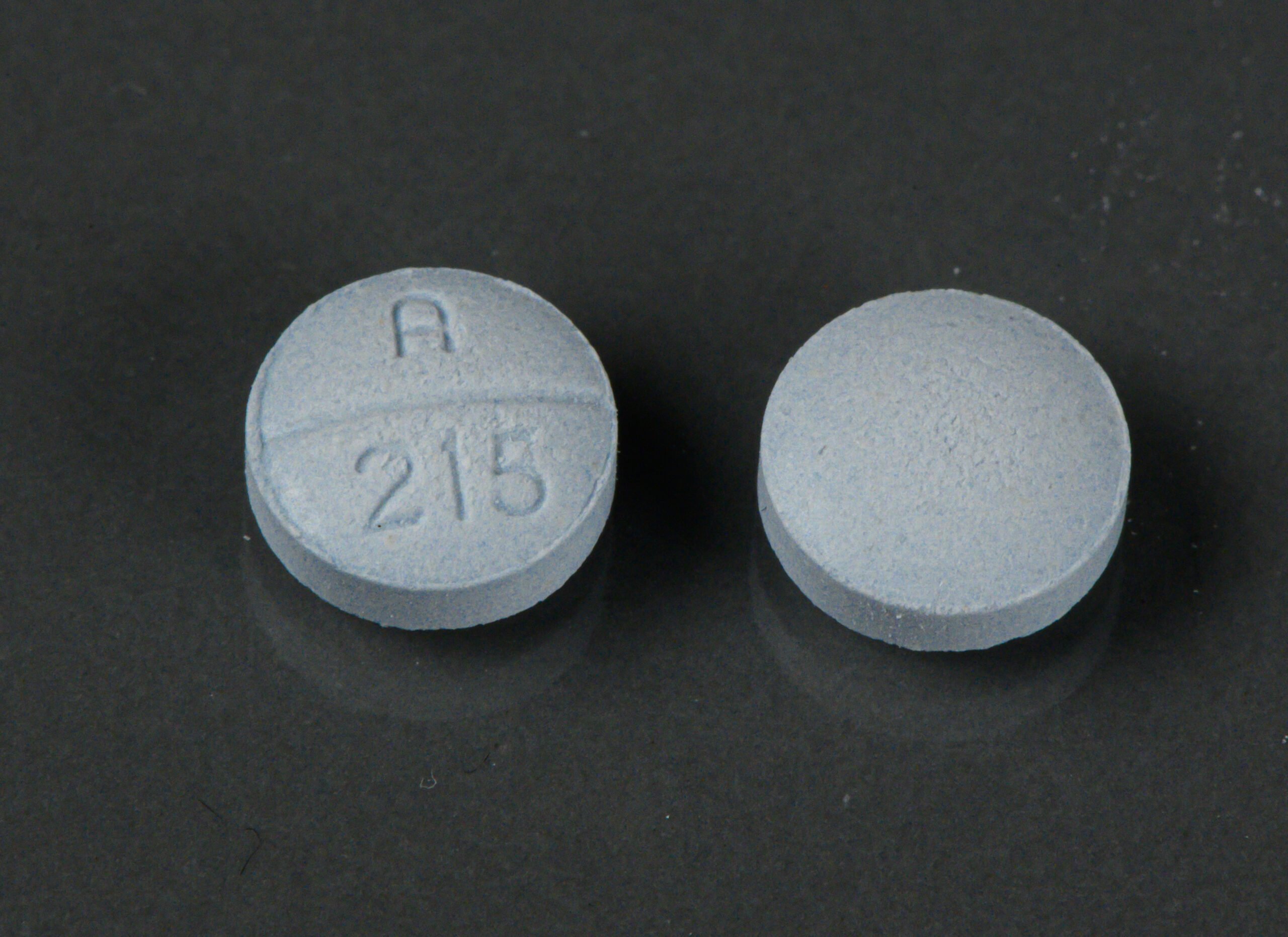Description
Oxycodone Tablets is a potent prescription medication used to treat severe pain. As an opioid analgesic, it works by altering the way the brain and nervous system respond to pain, providing significant relief for conditions requiring robust pain management. Available in various strengths, Oxycodone offers a crucial option for individuals dealing with intense pain due to surgery, injury, or chronic conditions.
What is Oxycodone?
Oxycodone is an opioid pain medication that acts on the central nervous system to provide relief from severe pain. It works by binding to opioid receptors in the brain and spinal cord, which alters the perception of pain and produces a strong analgesic effect. Oxycodone is often used when other pain relief methods are not sufficient.
Key Benefits of Oxycodone
- Effective Pain Relief: Oxycodone provides powerful relief for severe pain, making it suitable for use in managing pain from serious injuries, surgeries, or chronic conditions.
- Variety of Formulations: Available in different strengths and formulations, including immediate-release and extended-release tablets, allowing for tailored pain management.
- Rapid Onset: The medication works quickly to alleviate pain, offering timely relief for those in need of immediate pain control.
- Improved Quality of Life: By effectively managing severe pain, Oxycodone can help improve overall comfort and quality of life.
How Oxycodone Works
Oxycodone works by binding to opioid receptors in the brain and spinal cord, which changes how pain signals are processed and perceived. This binding reduces the sensation of pain and produces a calming effect on the central nervous system. Oxycodone tablets are typically taken orally, with dosage adjusted based on the severity of pain and individual patient needs.
Dosage and Administration
- Severe Pain Management: For severe pain, the usual starting dose of Oxycodone is 5 mg to 15 mg, taken every 4 to 6 hours as needed. The dosage may be adjusted based on the patient’s pain level and response to treatment.
- Extended-Release Formulations: For chronic pain management, extended-release formulations of Oxycodone may be prescribed, with doses typically ranging from 10 mg to 80 mg every 12 hours.
- Administration: Oxycodone tablets should be swallowed whole with a glass of water. They should not be crushed, chewed, or dissolved to avoid overdose and ensure proper absorption.
What to Expect During Oxycodone Treatment
Patients using Oxycodone tablets for pain relief can expect significant improvement in pain control within hours of administration. Common side effects include drowsiness, dizziness, nausea, and constipation. These side effects are generally manageable but should be monitored closely. Long-term use of Oxycodone may lead to tolerance, dependence, or addiction, so it should be used as prescribed and reviewed regularly by a healthcare provider.
Safety and Precautions
- Risk of Dependence: Oxycodone is a controlled substance with a high potential for abuse and dependence. It should be used only as prescribed and under close medical supervision.
- Liver and Kidney Function: Patients with liver or kidney problems should inform their healthcare provider, as these conditions may affect how Oxycodone is processed in the body.
- Drug Interactions: Inform your healthcare provider of all other medications and supplements you are taking to avoid potential interactions with Oxycodone tablets.
Why Choose Oxycodone?
Oxycodone tablets offers an effective solution for managing severe pain, providing significant relief when other pain management methods are insufficient. Its ability to deliver powerful and rapid pain control makes it a valuable medication for individuals requiring robust pain management. If you are experiencing severe pain, Oxycodone may be an essential part of your treatment plan.
Explore our pain management solutions and chronic pain treatments for additional support and resources.








